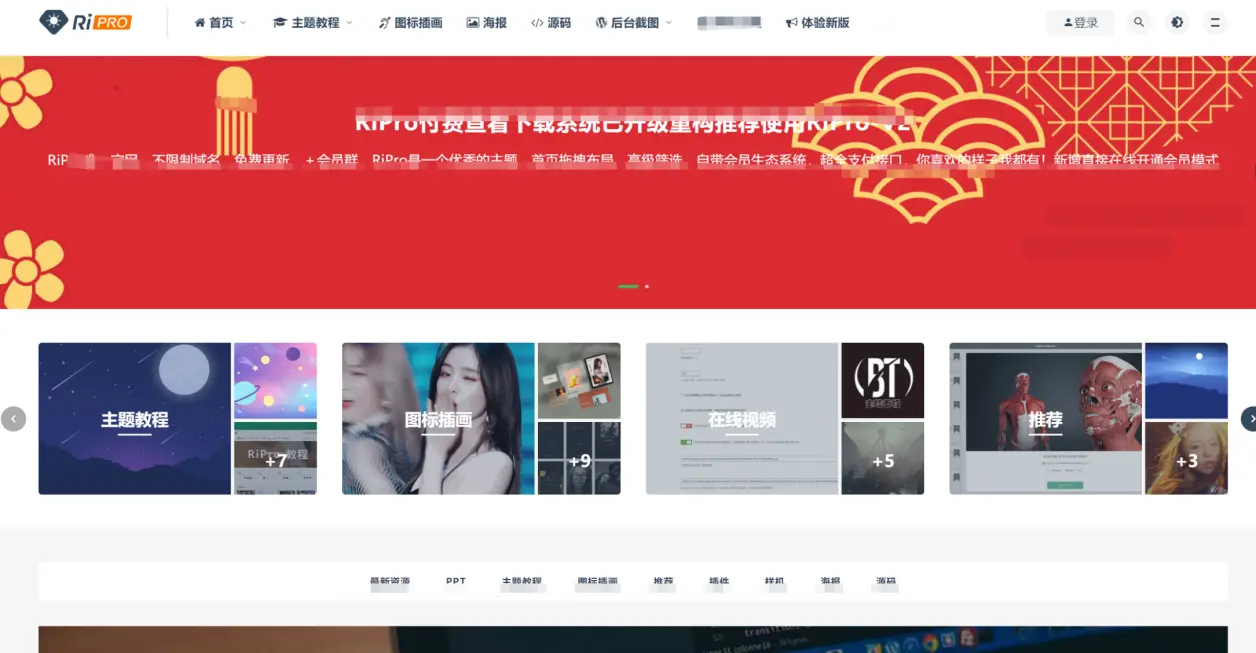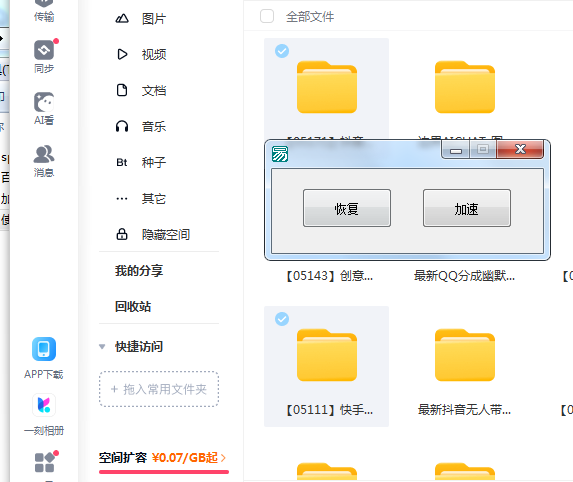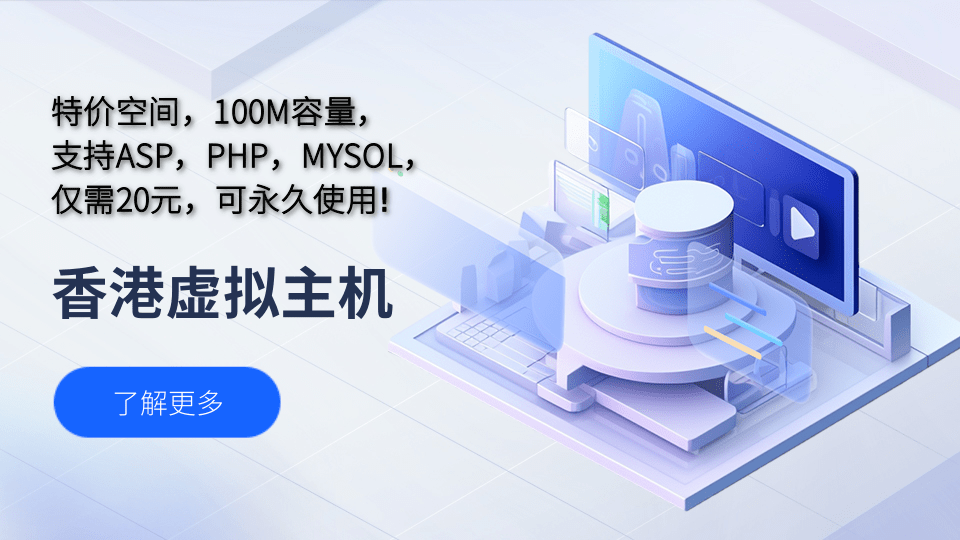单点登录(sso)在微服务架构中广泛应用,spring security整合oauth2是实现方式之一。1. 搭建oauth2认证中心需引入相关依赖,并通过@enableauthorizationserver配置客户端信息及用户详情;2. 客户端接入时添加spring-boot-starter-oauth2-client依赖,在application.yml中配置认证中心参数并通过@enablewebsecurity启用oauth2登录支持;3. 单点登出可通过维护Token黑名单或利用openid connect的end_session_endpoint实现,客户端触发登出时清除本地会话并跳转至认证中心完成统一退出;4. 注意事项包括处理跨域问题、合理设置token有效期、确保生产环境使用https以及正确配置用户信息接口。整个流程需细致配置各环节参数以保障登录流程顺畅。

单点登录(SSO)在现代系统中越来越常见,尤其是在微服务架构下。spring security整合OAuth2实现SSO是一个比较常见的做法,核心在于搭建一个认证中心(Authorization Server),并让其他服务作为资源服务器或客户端去信任它。

下面我会以最常见的场景为例:使用Spring Security + OAuth2搭建一个认证中心,并让另一个应用作为客户端接入,完成一次单点登录流程。
1. 搭建OAuth2认证中心
首先需要构建一个OAuth2的授权服务器(Authorization Server),这是整个单点登录的核心。

步骤如下:
-
引入依赖:

<dependency> <groupId>org.springframework.boot</groupId> <artifactId>spring-boot-starter-security</artifactId> </dependency> <dependency> <groupId>org.springframework.security.oauth</groupId> <artifactId>spring-security-oauth2</artifactId> </dependency>
-
配置OAuth2客户端信息(比如客户端ID、密钥、回调地址等):
@Configuration @EnableAuthorizationServer public class AuthServerConfig extends AuthorizationServerConfigurerAdapter { @Override public void configure(ClientDetailsServiceConfigurer clients) throws Exception { clients.inMemory() .withClient("client-id") .secret("{noop}client-secret") .authorizedGrantTypes("authorization_code", "refresh_token", "implicit") .scopes("read", "write") .redirectUris("http://localhost:8081/login/oauth2/code/my-client"); } } -
同时配置用户信息(可以是内存中的用户,也可以对接数据库):
@Bean public UserDetailsService userDetailsService() { UserDetails user = User.withDefaultPasswordEncoder() .username("user") .password("password") .roles("USER") .build(); return new InMemoryUserDetailsManager(user); }
这样就完成了一个基础的OAuth2认证中心搭建。
2. 客户端应用接入OAuth2
接下来是让另一个spring boot应用作为客户端接入这个认证中心,完成登录跳转和用户认证。
关键配置包括:
-
添加依赖:
<dependency> <groupId>org.springframework.boot</groupId> <artifactId>spring-boot-starter-oauth2-client</artifactId> </dependency>
-
在application.yml中配置OAuth2提供者信息:
spring: security: oauth2: client: registration: my-client: client-id: client-id client-secret: client-secret redirect-uri: "{baseUrl}/login/oauth2/code/{registrationId}" scope: read,write provider: my-provider: authorization-uri: http://localhost:8080/oauth/authorize token-uri: http://localhost:8080/oauth/token user-info-uri: http://localhost:8080/user user-name-attribute: name -
确保安全配置允许OAuth2登录:
@Configuration @EnableWebSecurity public class SecurityConfig extends WebSecurityConfigurerAdapter { @Override protected void configure(HttpSecurity http) throws Exception { http .authorizeRequests() .anyRequest().authenticated() .and() .oauth2Login(); // 开启OAuth2登录支持 } }
当访问客户端应用时,会自动跳转到认证中心进行登录,登录成功后返回客户端页面。
3. 单点登出处理
单点登录完成后,退出登录也应同步进行。OAuth2协议本身不直接支持单点登出,但可以通过以下方式模拟:
- 认证中心维护一个黑名单(token黑名单),记录被注销的token。
- 客户端在退出时调用认证中心接口主动清除token。
- 或者通过OpenID Connect的end_session_endpoint来统一登出。
例如,在客户端添加登出逻辑:
@GetMapping("/logout") public String logout(HttpServletRequest request, HttpServletResponse response) throws ServletException { request.logout(); // 清除本地session return "redirect:http://localhost:8080/logout"; // 跳转到认证中心登出页面 }
4. 注意事项与常见问题
- 跨域问题:如果认证中心和客户端不在同一个域名下,要注意设置CORS和Cookie跨域策略。
- Token有效期:合理设置access_token和refresh_token的有效期,避免频繁登录。
- 安全性:生产环境务必使用HTTPS,密码存储不能使用{noop}。
- 用户信息获取:确保user-info-uri能正确返回用户信息,否则可能无法完成登录。
基本上就这些。整个过程不算复杂,但细节容易忽略,尤其是URL路径、跨域、token验证这几个环节,稍微配置不对就会导致登录失败或无法跳转。只要一步步对照着做,应该没问题。
















